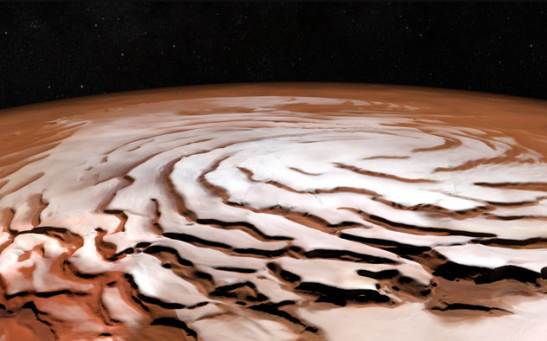Mars

UAE Plans To Build Martian City On Mars Called 'Mars 2117'
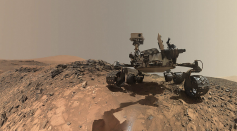
Mars Mission Delayed Due To Lander Leak
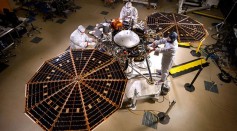
NASA Begins Testing Its Next Generation Mars Lander, InSight
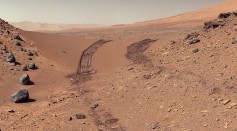
The Deceptive Surface of Mars
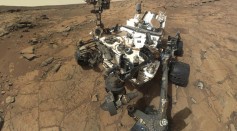
Methane Spike on the Red Planet Baffles Scientists
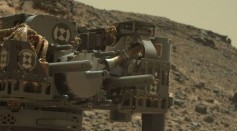
NASA's Curiosity Rover Adjusts Route Up A Mountain

Were the Moons of Mars from the Red Planet Or Stolen from the Asteroid Belt?
European Space Agency May Have Discovered a Supervolcano on Mars
Reasons Why Some Scientists Believe There is Life on Mars

Hang Gliders Could Allow Us to Land Probes on Mars
The Earth Now Has a Flag to Plant on Mars

Travel to Mars Focus of Toronto Conference

Are You a Whiz At Cad? NASA Offers $2.25 Million Prize for Best Space Habitat Design
A New Vehicle in the Works to Investigate the Hellish Atmosphere of Venus
Most Popular

How Technology Is Changing the Real Estate Industry?

AI Revolution in Medical Education: Transforming How Healthcare Professionals Learn

Nikolay Karpenko Biography, Photo, Career, Accomplishments

Zombie Star Set to Light Up Night Sky: Blaze Star Could Erupt Soon

